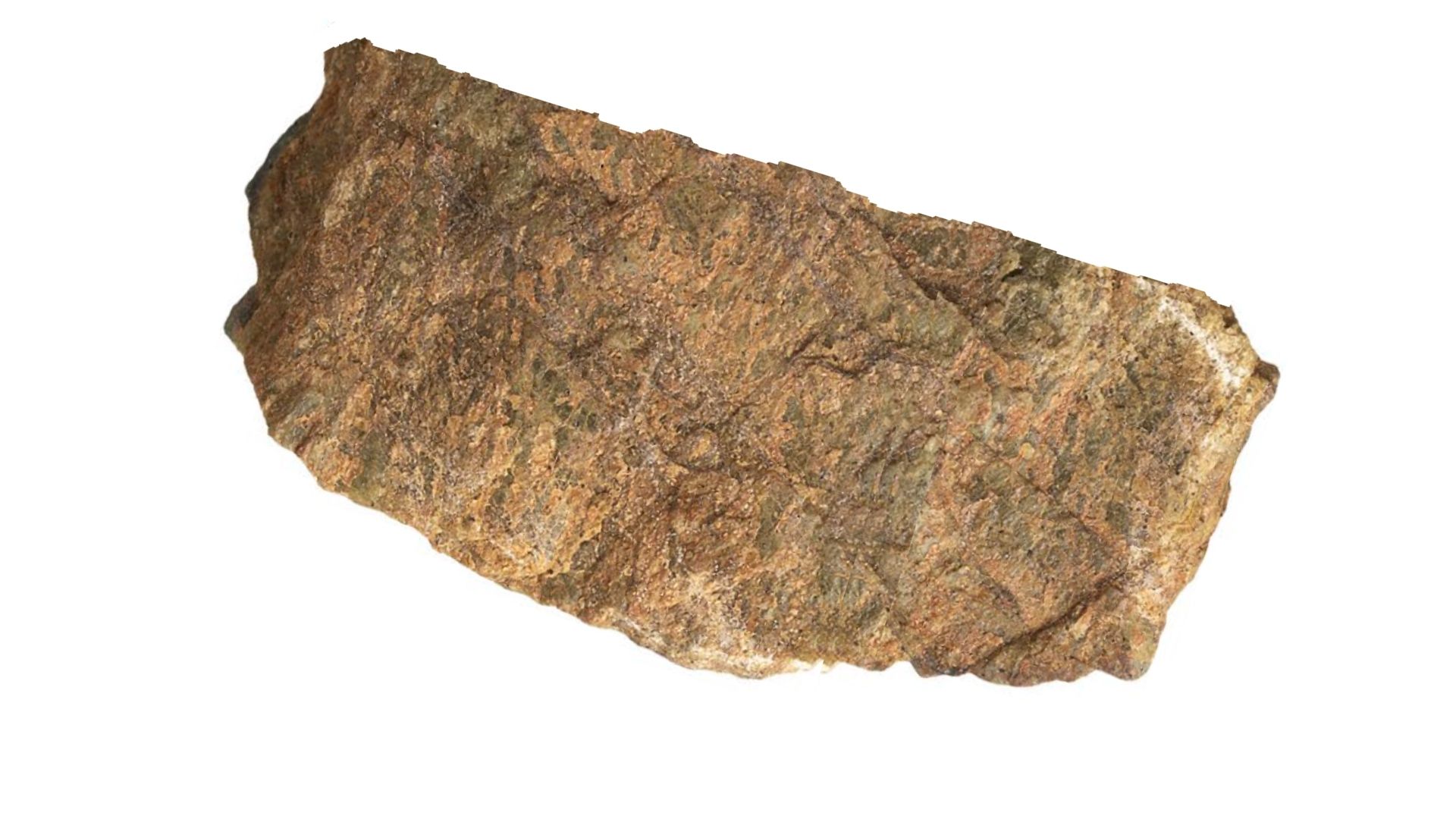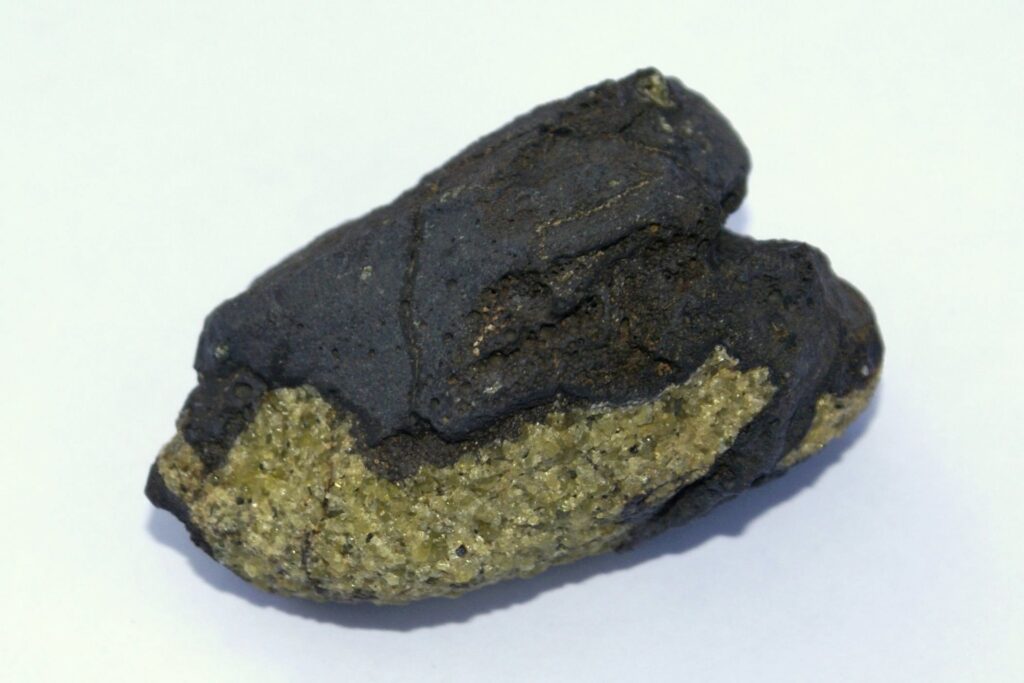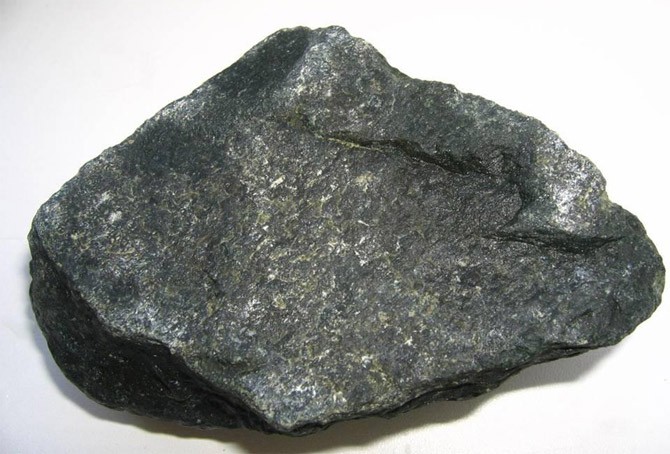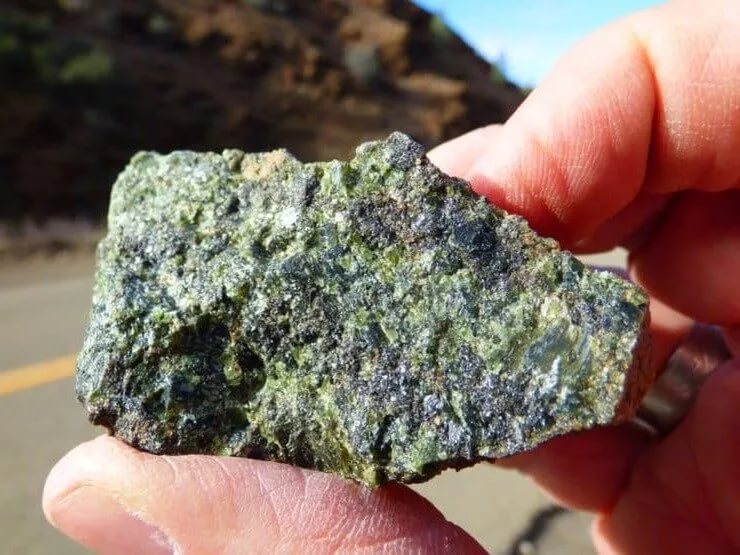Dunite: The Rock That Every Geologist Needs To Know About

Dunite is an igneous rock that is predominantly composed of the mineral olivine.
Olivine is a magnesium-rich silicate mineral that is typically green in color. The green color of olivine is due to the presence of iron. Olivine is a very hard mineral and is used in a variety of industrial applications.

Dunite is not a very common rock type and it is estimated that there are only a few thousand square kilometers of dunite on Earth.
Dunite: An Igneous Rock largely composed of Olivine
Dunite is an igneous rock, meaning it was formed through the cooling and solidification of magma or lava. It is lithologically classified as an ultramafic rock because it is more than 90% mafic minerals by volume. Mafic minerals are those that contain high levels of magnesium and iron. The most abundant mafic mineral in dunite is olivine, which makes up at least 50% of the rocks volume. Other mafic minerals present in dunite include pyroxene and chromite. Dunite is typically dark in color, but can also be reddish or greenish due to the presence of iron-bearing minerals.

Dunite is most commonly found in layered intrusions, which are large bodies of igneous rock that have cooled slowly underground. The slow cooling process allows for the formation of large crystals. Dunite can also be found in small pockets within igneous rocks such as granite. These pockets are typically formed when magma comes into contact with rocks that are rich in olivine.

The word “dunite” was first used to describe an igneous rock in 1885 by German geologist Ferdinand von Richthofen. The name comes from the Greek word for “olive-green rock”, which is fitting given that olivine is the most abundant mineral in dunite.
